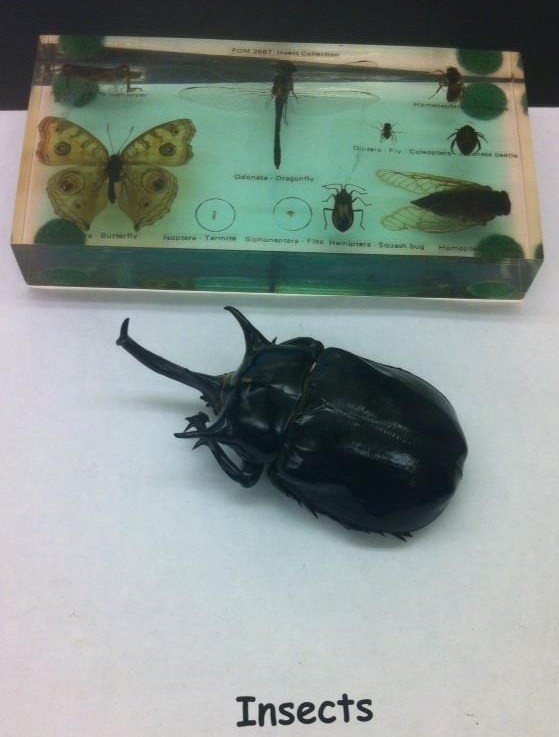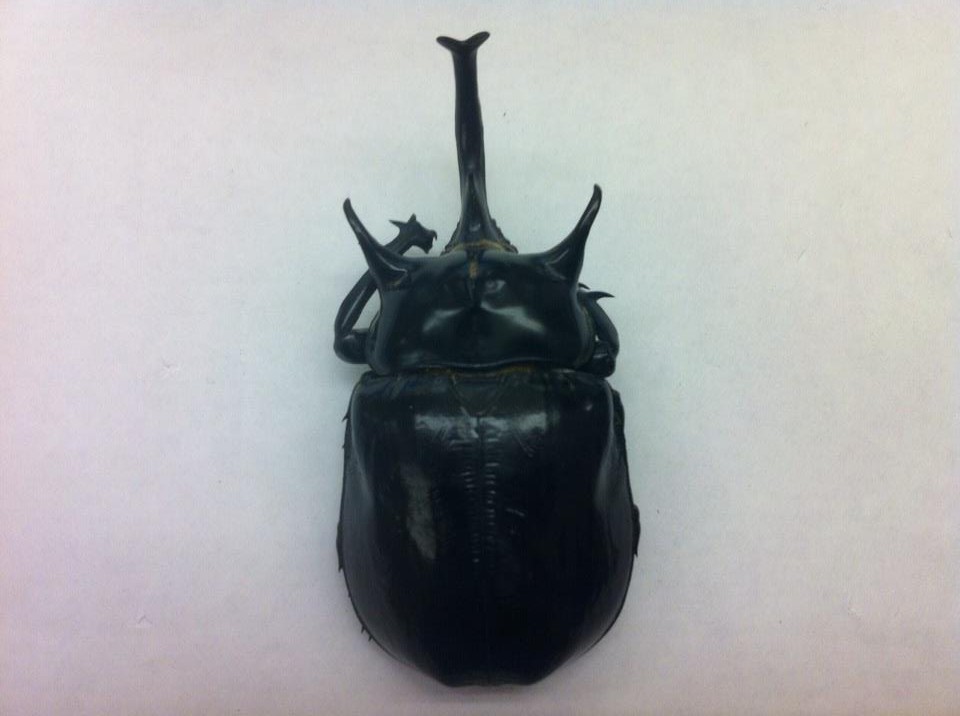Nutrition
Once the spiders emerge
from their egg sacs, they
quickly disperse to avoid
cannibalism and spin an orb
of their own (Pascoe
1980). One of the greatest
influences on this
arachnid's nutrition is its
web. There seems to be a
definite correlation between
the orb-weaver's body size
and the size of its orb. As
the spiders grow larger they
tended to build larger webs
with smaller radii and show
an increase in the types of
silk used as well as in the
overall toughness of the
spiral thread. It is this
spiral thread that is used
to capture their prey.
Reaching adulthood and
maximizing the numbers of
female orb-weaver spiders is
highly dependent upon how
well the Neoscona oaxacensis
utilizes the rare large prey
that fall into their webs (Sensenig,
et al. 2011).
The Neoscona
oaxacensis's body
size increases the most
during ontogeny. This growth
from the fertilized egg to
the mature form comes along with big shifts in
their foraging strategies
and food sources
that reflect the cost and
benefits of being a bigger
strong spider (Sensenig, et
al. 2011). This idea of
shifting food sources may
seem a little more foreign
to you than it actually is.
The metamorphosis of
amphibians into the adult
frog, toad, salamander,
etc. is accompanied with
the change from
a herbivorous to
a carnivorous diet. I
encourage you to learn more
about some of the amphibians
from our database linked on
the home page or follow one
of the following two
here.
If you really think about it, spiders are among the most dominant terrestrial predators. This species of Neoscona is known for taking its captured prey into its hub, where it takes roughly two hours to completely digest and intake. Araneids puncture the body of the insect with their fangs feeding by alternating the injection of digestive fluid and sucking up the digested tissues until there is only an empty exoskeleton. This will usually be dropped off their webs later. Araneid spiders normally do not physically damage the external cuticle of the prey however the weak jaws of the araneid will usually destroy the exoskeletons of smaller insects (Pascoe 1980). This species also uses a form of deceptive coloration to lure in prey at night. The spider’s ventral spot seemed to be what was the attracting factor. When the spot was painted there was a large decrease in the amount of prey captured (Chih-Yuan, et al. 2008).
Neoscona typically target:
 (Pascoe
1980)
(Pascoe
1980)
Coleóptera- beetles and earwigs
Lepidoptera- moths
Diptera- true flies
Hymenoptera- wasps, ants, bees
Ex: The black and
yellow mud dauber:
![]()
Follow the following link to learn about the reproduction of the organism:
